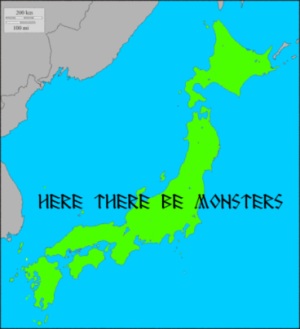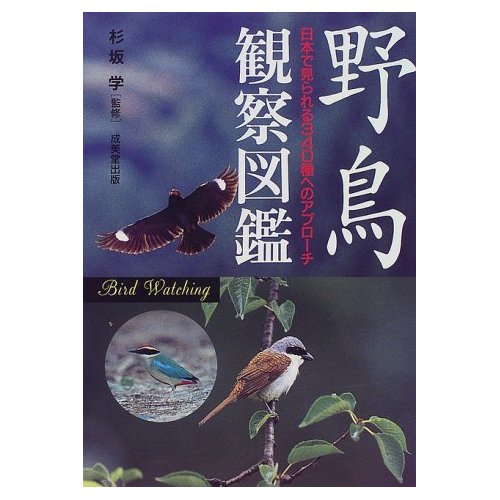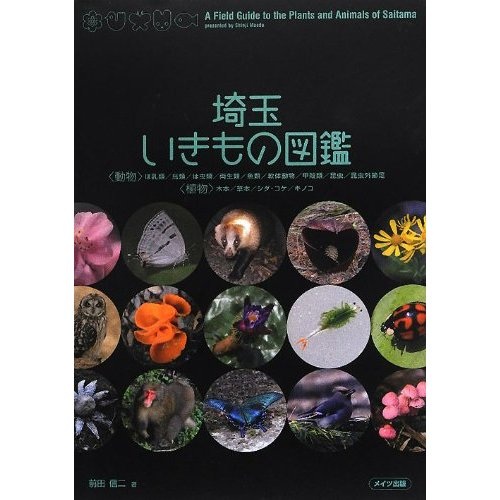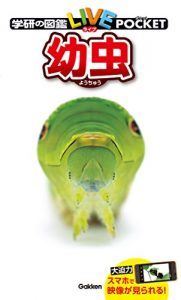Hi out there.
The New Year celebrations have come and gone, and things have settled back to their usual routine.
We have passed the solstice, and I notice the days getting longer – it’s not dark at 4:30 any more, but we are still only in the shokan* part of the calendar. This means that we still haven’t entered daikan*, the coldest period of the year – although we’ve already had days with frozen puddles and ice needs, and one morning when the pipes had frozen enough to cut off water from our kitchen until after 9 o’clock.
I’d like to make this a quick post about a little critter we saw at the Sunshine Aquarium on January 6th. While this is not exactly suburban wildlife for us in Saitama, it is certainly a realistic possibility for people on the coast.
Today’s guest is the Japanese eel catfish (Plotosus japonicus).
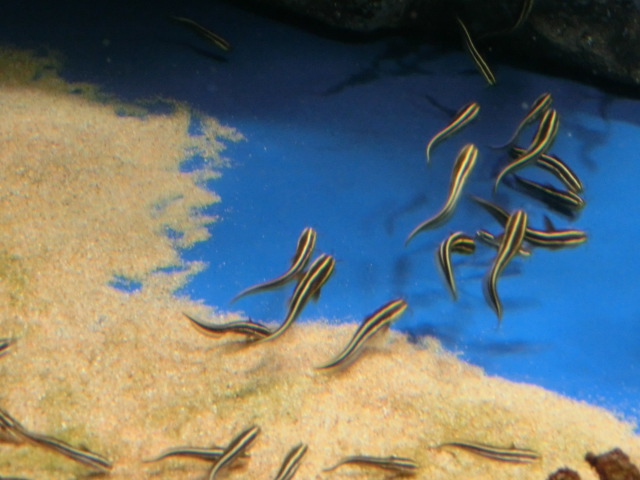
A rather poor shot of the eel catfish (flash photography wasn’t permitted, and they were darting all over the place)
Known mostly by the name gonzui (権瑞), although it has a plethora of regional names including ugu, yurube, urube, gingi, gigime, gugu, gyugyu, and gui.
Growing to around 20 cm long, this fish looks like a smaller but more colourful version of the Amur catfish, but lives in a marine environment. Another noticeable difference is their schooling behaviour – the fish (particularly juveniles) swim in closely-packed schools, often in a ball-shape. This is known as “gonzui-dama” (gonzui ball), and is caused by pheromones the fish release. Adult fish tend to swim alone or in pairs.
Regular readers will remember that, by contrast, the Amur catfish is a solitary animal.
Japanese eel catfish breed in the summer months, laying between 200 and 600 relatively large eggs. Apparently, the male protects the nest.
Another important point (no pun intended) about the Japanese eel catfish is that it has poisonous spines on both its dorsal and pectoral fins. While reliable information about this poison is sparse (various internet sites claim potency levels ranging from low to lethal), avoiding getting barbed sounds like good advice.
Actually, a former workmate of mine got barbed on our wharf fishing antics during a staff trip to the Izu Peninsula a few years back. He reeled in the fish and, not knowing what it was, grabbed it… oops!
Another workmate recognised the fish and had him visit a doctor. Needless to say he survived and was drinking like a trooper that evening.
Despite being well known to fishermen in the Izu area and even in Tokyo Bay, but has never been considered a table fish. Some web sites claim that it was virtually unknown to the general Edo populace because it was never sold at fish markets.
While the Japanese eel catfish is eaten in some areas, most fishermen consider it a junk fish. In fact, there is a tree (Euscaphis japonica) which is also called gonzui – possibly because it too is widely considered worthless.
As for myself, I see them as beautiful fish (in the water, not on the table).
*see my post 24

